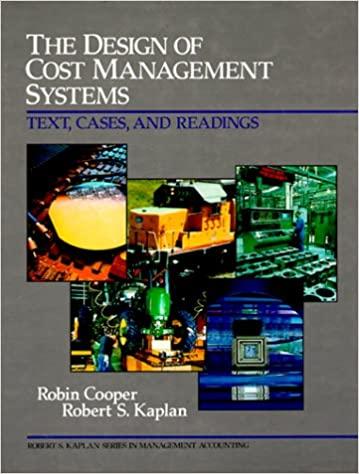Question
13. On January 1, a company issued and sold a $400,000, 7%, 10-year bond payable, and received proceeds of $396,000. Interest is payable each June
13. On January 1, a company issued and sold a $400,000, 7%, 10-year bond payable, and received proceeds of $396,000. Interest is payable each June 30 and December 31. The company uses the straight-line method to amortize the discount. The carrying value of the bonds immediately after the first interest payment is: Multiple Choice $400,000. $399,800. $400,200. $395,800. $396,200.
14. On January 1, a company issues bonds dated January 1 with a par value of $700,000. The bonds mature in 3 years. The contract rate is 10%, and interest is paid semiannually on June 30 and December 31. The bonds are sold for $682,000. The journal entry to record the first interest payment using straight-line amortization is:
Multiple Choice
Debit Interest Payable $35,000; credit Cash $35,000.
Debit Bond Interest Expense $35,000; credit Cash $35,000.
Debit Bond Interest Expense $38,000; credit Discount on Bonds Payable $3,000; credit Cash $35,000.
Debit Bond Interest Expense $32,000; debit Discount on Bonds Payable $3,000; credit Cash $35,000.
Debit Bond Interest Expense $35,000; credit Premium on Bonds Payable $3,000; credit Cash $32,000.
15.Saffron Industries most recent balance sheet reports total assets of $42,000,000, total liabilities of $16,000,000 and total equity of $26,000,000. Management is considering using $3,000,000 of excess cash to prepay $3,000,000 of outstanding bonds. What effect, if any, would prepaying the bonds have on the company's debt-to-equity ratio?
Multiple Choice
Prepaying the debt would cause the firm's debt-to-equity ratio to improve from .62 to .50.
Prepaying the debt would cause the firm's debt-to-equity ratio to improve from .62 to .57.
Prepaying the debt would cause the firm's debt-to-equity ratio to worsen from .62 to .50.
Prepaying the debt would cause the firm's debt-to-equity ratio to worsen from .62 to .57.
Prepaying the debt would cause the firm's debt-to-equity ratio to remain unchanged.
16. Charger Company's most recent balance sheet reports total assets of $28,413,000, total liabilities of $16,113,000 and total equity of $12,300,000. The debt to equity ratio for the period is (rounded to two decimals):
Multiple Choice
0.57
1.76
0.43
0.76
1.31
Step by Step Solution
There are 3 Steps involved in it
Step: 1

Get Instant Access to Expert-Tailored Solutions
See step-by-step solutions with expert insights and AI powered tools for academic success
Step: 2

Step: 3

Ace Your Homework with AI
Get the answers you need in no time with our AI-driven, step-by-step assistance
Get Started


